With enthusiasm, let’s navigate through the intriguing topic related to 50 colored pencils. Let’s weave interesting information and offer fresh perspectives to the readers.
Introduction
Hey there, aspiring artist! I’m thrilled you’re interested in learning to draw. It’s a fantastic journey, and I’m here to guide you every step of the way.
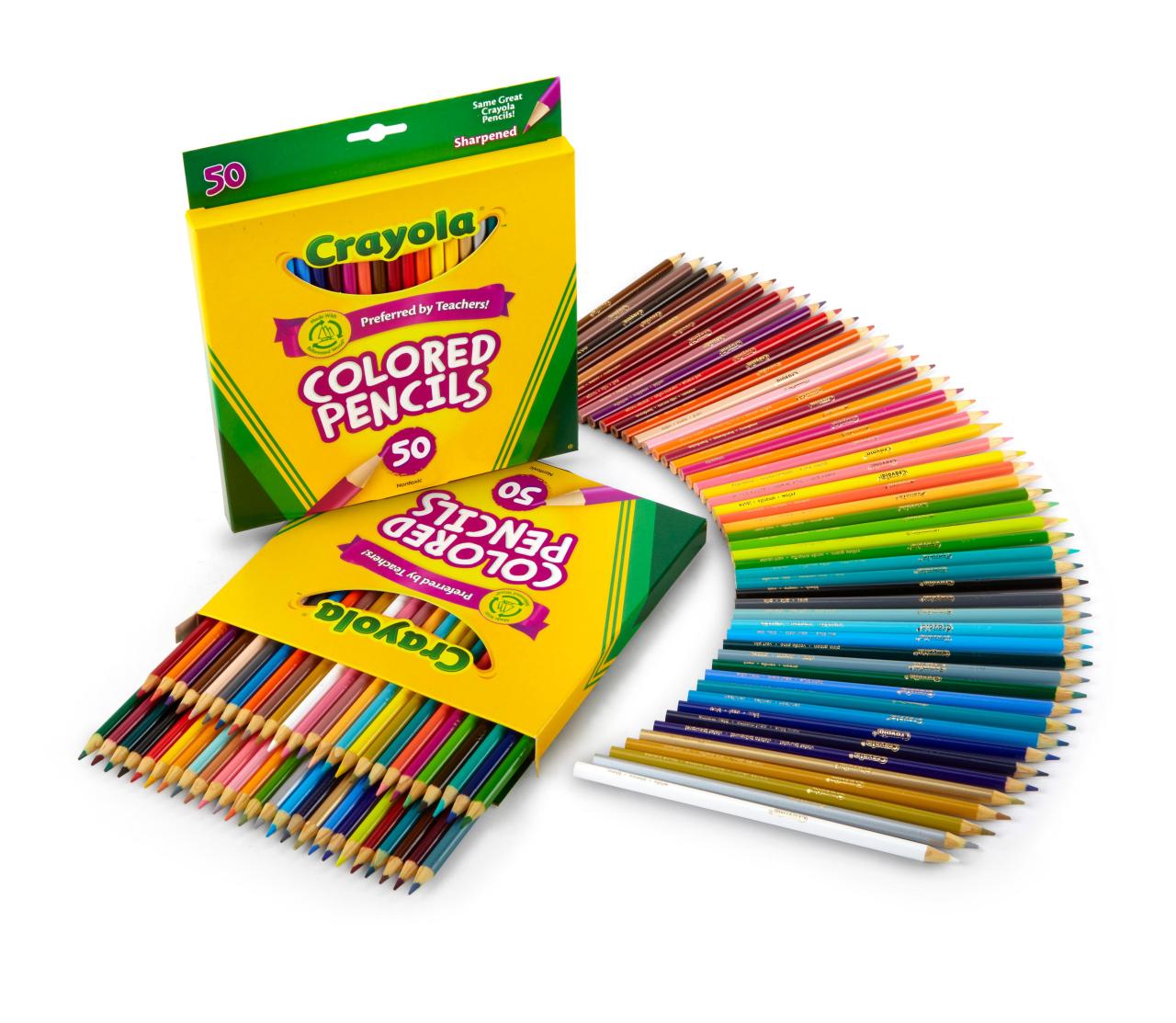
Before we dive into the exciting world of drawing, let’s talk about those colorful tools you mentioned: 50 colored pencils! Wow, that’s a beautiful collection!
What kind of drawings are you most interested in making? Are you thinking of landscapes, portraits, animals, or something else entirely? Knowing your interests will help me tailor our lessons to your specific goals.
Now, let’s get started!
The Magic of Drawing
Drawing is like a secret language. It’s a way to express your ideas, emotions, and the world around you. It’s not just about creating beautiful pictures; it’s about unlocking your creativity and discovering the artist within you.
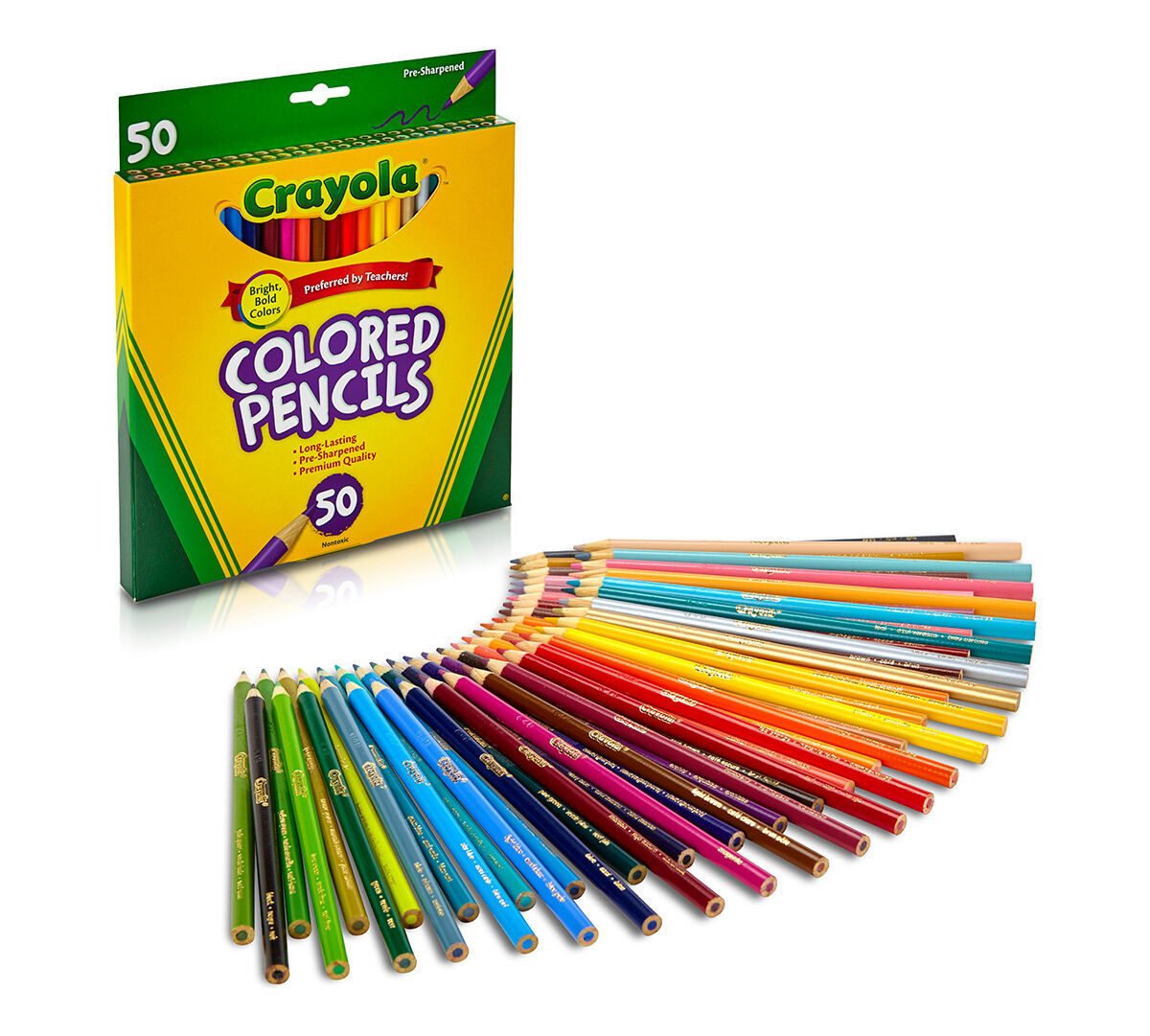
Think about the things that fascinate you. What makes you feel excited, curious, or inspired? We can use these things as the starting point for your drawings.
Learning the Basics: Building Your Drawing Foundation
Just like learning any new skill, drawing requires practice and patience. But don’t worry, it’s a fun journey! Here are some fundamental techniques that will help you build a strong foundation:
1. Line Drawing: The foundation of all drawings is the line. Think of it as your artist’s brushstroke.
- Experiment with different lines: Try drawing straight lines, curved lines, wavy lines, and even zigzag lines.
- Play with pressure: Press lightly for thin lines and harder for thicker lines.
- Practice drawing shapes: Start with simple shapes like circles, squares, triangles, and rectangles. Then, try combining them to create more complex shapes.

2. Shading and Value: Shading adds depth and dimension to your drawings.
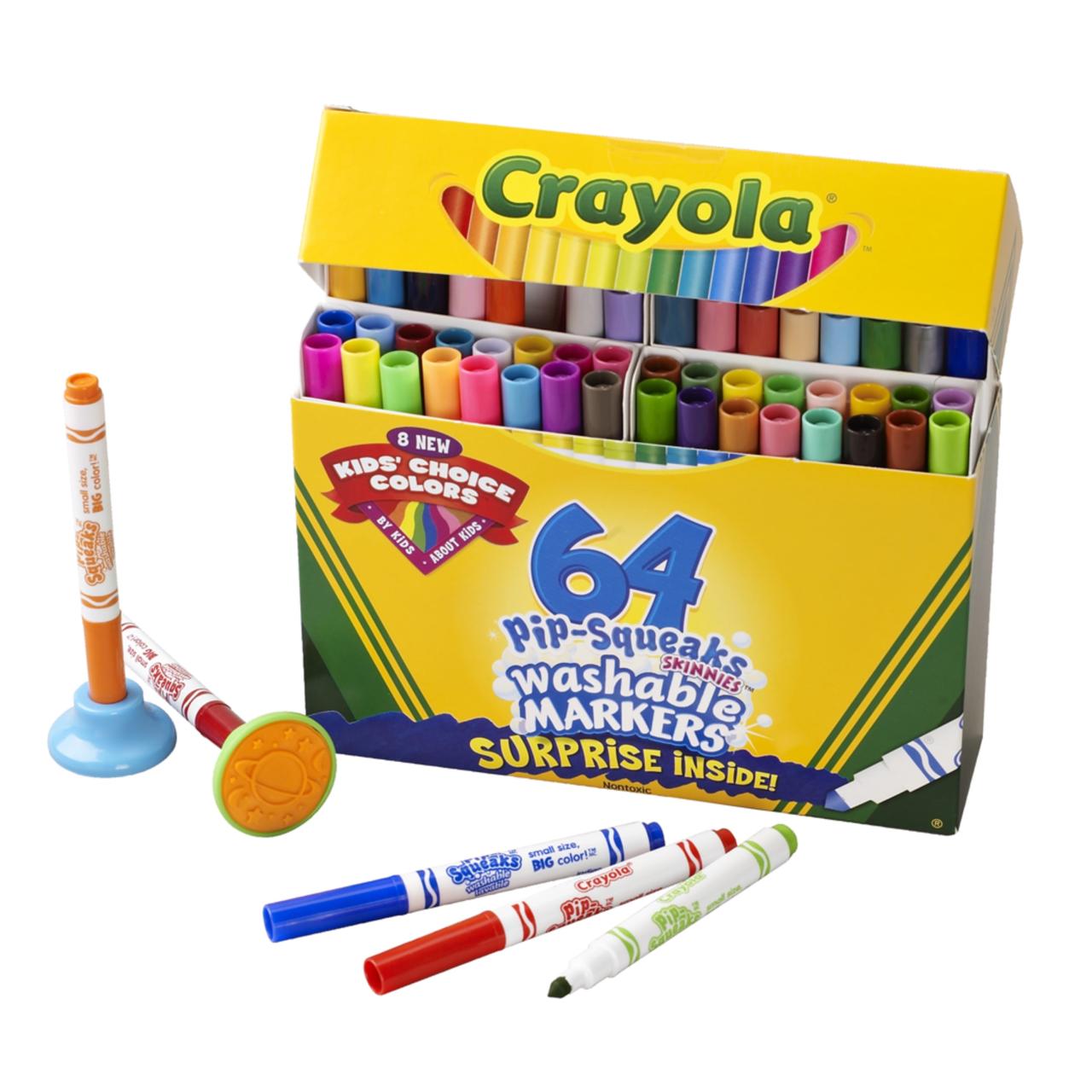
- Light and Shadow: Everything in the world has light and shadow. Learn to observe how light falls on objects and creates different shades.
- Value Scale: This is a scale of grays from black to white. Use your colored pencils to create different values by pressing harder or lighter.
3. Perspective: Perspective makes your drawings look realistic.

- One-Point Perspective: This is the simplest form of perspective. Imagine a vanishing point on the horizon, and all lines converge towards it.
- Two-Point Perspective: This creates a more dynamic view, with two vanishing points on the horizon.
4. Color Theory: Color plays a vital role in art.
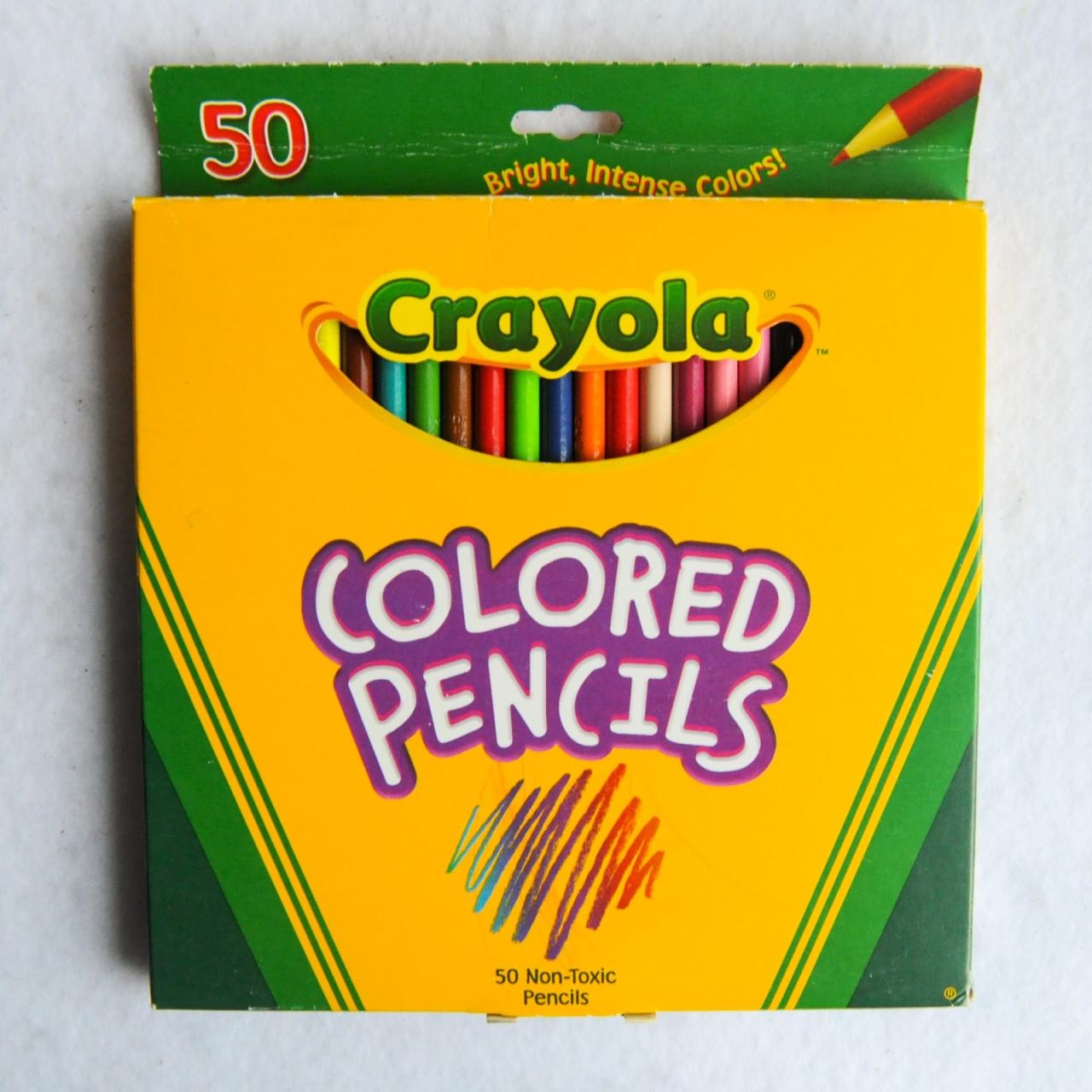
- Color Wheel: Learn about the primary, secondary, and tertiary colors.
- Complementary Colors: These are colors opposite each other on the color wheel (like red and green).
- Warm and Cool Colors: Warm colors (like reds, oranges, and yellows) evoke feelings of warmth and energy, while cool colors (like blues, greens, and purples) create a sense of calmness.
Your 50 Colored Pencil Toolkit: A Colorful Adventure Awaits!
You have a beautiful set of 50 colored pencils – a rainbow of possibilities! Let’s explore how to use them effectively:
1. Color Layering: One of the best things about colored pencils is that you can layer colors to create rich and vibrant effects.
- Start with lighter colors: Lay down a base layer of lighter colors first.
- Build up darker colors: Then, add darker colors on top to create depth and dimension.
2. Blending: Blending is a technique that creates smooth transitions between colors.
- Use a blending stump: This is a tool made of rolled paper that helps to smooth out the colors.
- Use your finger: If you don’t have a blending stump, you can use your finger to blend the colors gently.
3. Color Mixing: You can create new colors by mixing different colors together.
- Experiment with different combinations: Try mixing two colors to create a third color.
- Use a white pencil: A white pencil can help to lighten colors or create highlights.
FAQs: Your Drawing Questions Answered
1. How can I improve my drawing skills?
- Practice regularly: The key to improvement is consistent practice.
- Observe the world around you: Pay attention to shapes, textures, and colors.
- Take drawing classes or workshops: Learning from a teacher can provide valuable guidance and feedback.
2. What are some fun drawing ideas for beginners?
- Draw your favorite animal: Start with simple shapes and then add details.
- Draw a self-portrait: Capture your own unique features.
- Draw a still life: Arrange some objects and draw them from different angles.
3. How can I overcome drawing anxiety?
- Start with simple exercises: Don’t pressure yourself to create masterpieces right away.
- Focus on the process, not the outcome: Enjoy the journey of learning and experimenting.
- Don’t be afraid to make mistakes: Mistakes are part of the learning process.
4. What are some tips for using colored pencils effectively?
- Sharpen your pencils: Use a sharpener to keep your pencils sharp for precise lines.
- Use light pressure: Start with light pressure and gradually increase it for darker areas.
- Experiment with different techniques: Try layering, blending, and color mixing to create different effects.
5. What are some resources for learning more about drawing?
- Online tutorials: There are many free and paid tutorials available online.
- Drawing books: Libraries and bookstores have a wide selection of drawing books for beginners.
- Drawing communities: Join online forums or groups to connect with other artists and share your work.
Remember, drawing is a journey, not a destination. Have fun, be patient, and keep exploring!
Now, tell me more about your drawing goals. What specific things would you like to learn how to draw? I’m here to help you every step of the way.
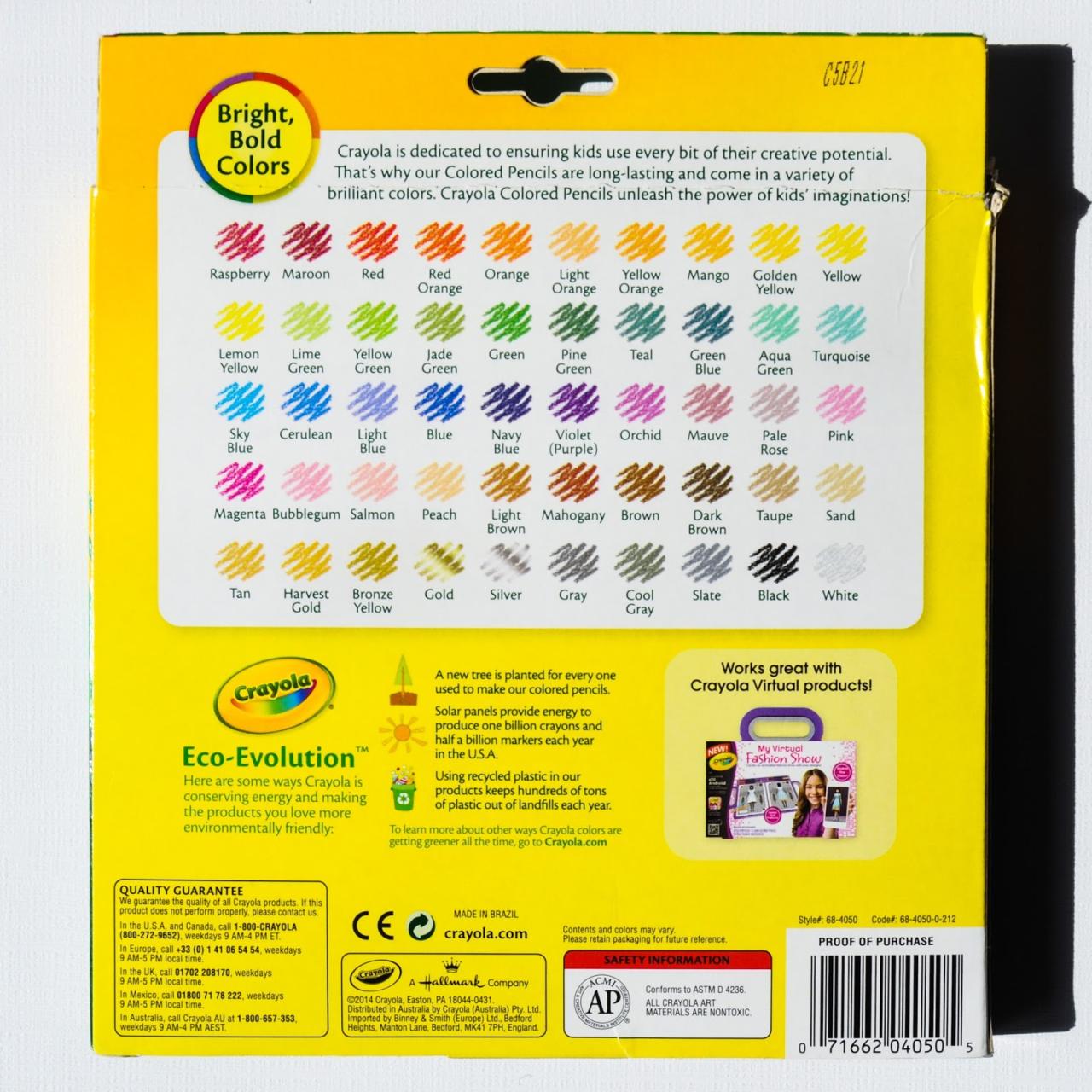
Thus, we hope this article has provided valuable insights into Downloads 50 colored pencils. We hope you find this article informative and beneficial. See you in our next article!
 apapunada.my.id News Bisnis Technology Tutorial
apapunada.my.id News Bisnis Technology Tutorial